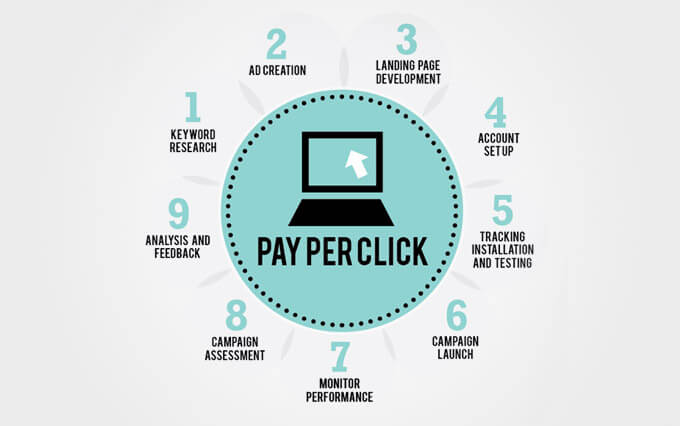In today’s digital age, online advertising is a cornerstone of any successful marketing strategy. One of the most powerful and versatile platforms for online advertising is Google Ads. Formerly known as Google AdWords, Google Ads is a pay-per-click (PPC) advertising platform that allows businesses to reach a wide audience across the Google network, including Google Search, YouTube, and partner websites. In this blog post, we’ll explore the world of Google Ads, its key features, and how you can leverage it to boost your online presence and drive business growth.
The Power of Google Ads
Google Ads is a robust advertising platform with several key advantages that make it an essential tool for businesses of all sizes:
1. Vast Audience Reach:
Google is the most popular search engine globally, with billions of searches conducted daily. By advertising on Google Ads, you can tap into this vast audience and reach potential customers actively searching for products or services related to your business.
2. Targeted Advertising:
Google Ads offers sophisticated targeting options, allowing you to narrow down your audience based on factors such as location, demographics, interests, and even specific keywords. This precision targeting helps you show your ads to the most relevant users.
3. Flexible Budgeting:
Whether you have a modest or substantial marketing budget, Google Ads can accommodate your needs. You set your budget and bid amounts, and you only pay when someone clicks on your ad. This cost-effectiveness ensures that you get a good return on investment (ROI).
4. Measurable Results:
Google Ads provides detailed analytics and reporting tools that allow you to track the performance of your ads in real-time. You can see how many clicks your ads receive, which keywords are driving the most traffic, and the conversion rate, enabling you to make data-driven decisions to optimize your campaigns.
5. Ad Format Variety:
Google Ads offers various ad formats, including text ads, display ads, video ads, and shopping ads. This versatility enables you to choose the format that best suits your marketing goals and target audience.
Getting Started with Google Ads
1. Keyword Research:
Start by conducting thorough keyword research to identify the terms and phrases relevant to your business. Use tools like Google Keyword Planner to discover high-potential keywords with reasonable competition.
2. Campaign Structure:
Organize your campaigns and ad groups logically. Each campaign should focus on a specific product or service, and ad groups should contain related keywords and ad creatives. This structure enhances ad relevance and quality score.
3. Compelling Ad Copy:
Craft persuasive ad copy that clearly communicates your value proposition and encourages users to click. Use action-oriented language and include relevant keywords.
4. Landing Page Optimization:
Ensure that the landing page users are directed to after clicking your ad is relevant and provides a seamless user experience. Optimize it for conversions, making it easy for users to take the desired action, whether it’s making a purchase or filling out a contact form.
5. Bid Management:
Monitor and adjust your bids regularly to optimize your ad spend. Consider using automated bidding strategies provided by Google Ads, such as Target CPA or Target ROAS, to maximize conversions efficiently.
6. Ad Extensions:
Take advantage of ad extensions to provide additional information to users and make your ads more compelling. Extensions like site links, callout extensions, and location extensions can enhance your ad’s visibility and relevance.
7. Continuous Optimization:
Regularly review your ad campaigns, analyze performance data, and make necessary adjustments. A/B testing ad variations, experimenting with different keywords, and refining targeting options can help improve your results over time.
Conclusion
Google Ads is a powerful tool for businesses looking to expand their online presence, drive traffic, and increase conversions. By harnessing the platform’s extensive reach, precise targeting options, and analytical insights, you can create effective advertising campaigns that deliver a strong return on investment. Remember that successful Google Ads campaigns require ongoing management and optimization, so stay committed to refining your strategy for long-term success in the world of online advertising.














